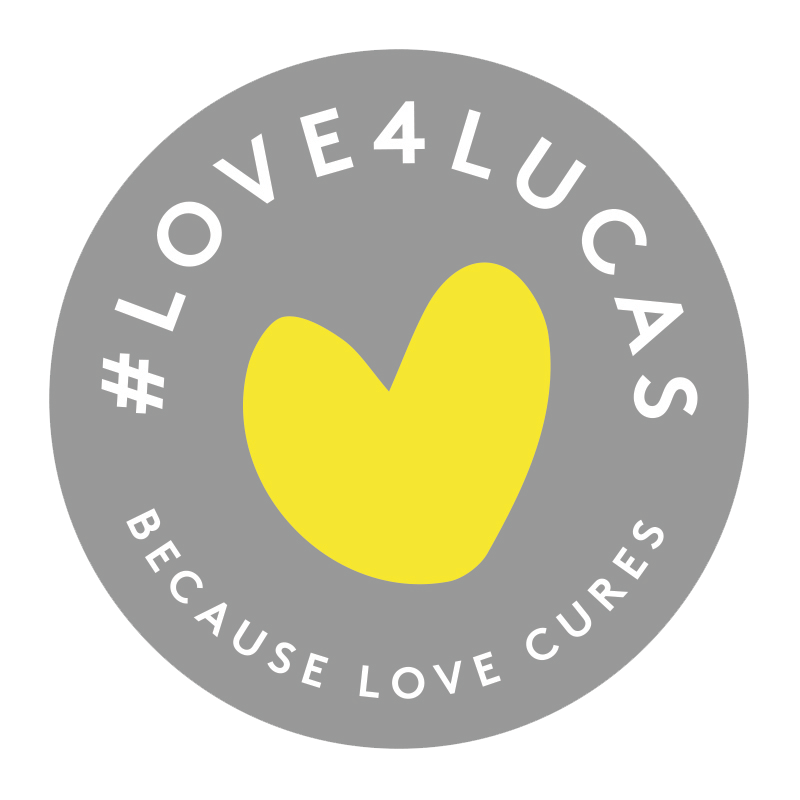What is DIPG?
Diffuse intrinsic pontine glioma (DIPG) is a type of brain tumor found in the pons, which is part of the brainstem. DIPG primarily affects children, with most diagnoses occurring between 5 and 7 years of age. DIPG makes up 10-15% of all brain tumors in children, with about 100-150 new diagnoses per year in the United States and about 300 per year in all of North America and Europe.
Unlike many other pediatric cancers, there has been little progress in improving treatments and cure rates for DIPG over the last few decades. Unfortunately, fewer than 10% of children with DIPG survive two years from diagnosis.
The name diffuse intrinsic pontine glioma describes how the tumor grows, where it is found, and what kinds of cells give rise to the tumor.
Diffuse means that the tumor is not well-contained: it grows out into other tissue so that cancer cells mix with healthy cells. For this reason, it is impossible to surgically remove DIPG tumors without damaging healthy tissue. This makes DIPG very hard to treat.
Pontine describes where the tumor is located. It is found in a part of the brainstem called the pons. The pons is responsible for a number of important bodily functions, like breathing, sleeping, bladder control, and balance. Because these functions are vital to survival, the pressure from the growing tumor is very dangerous.
Glioma is a general term for tumors originating from glial cells. Glial cells are found throughout the brain. They make up the white matter of the brain that surrounds and supports the neurons (neurons are cells that carry messages in the brain). Gliomas can form in different areas of the brain. DIPG occurs in glial cells in the pons.
What Causes DIPG?
Researchers do not know yet exactly what causes DIPG. Like most cancers, DIPG occurs when something goes wrong with process of cell reproduction.
Cells use DNA, the building blocks of genes, in order to carry out various functions, including making more cells. Sometimes pieces of DNA become damaged or are copied incorrectly. Scientists call this a mutation. Usually, cells with mutations in their DNA either repair the mutation or die (a process called apoptosis). Sometimes, though, cells with mutations can’t be repaired and don’t die like they are supposed to. In certain cases, these mutated cells begin to divide quickly, which may cause a person to develop cancer.
“We must eradicate DIPG so no parent, child or family should ever have to hear the words, ‘we have no idea what causes this’ and ‘there is no cure’.”
In recent years our understanding of the biology of DIPG has advanced considerably with the increase in the availability of tumor specimens. Researchers have begun to understand the exact genetic mutations involved with DIPG through the use of genetic sequencing. They have discovered the most common mutations involved in DIPG, and are now working to better understand these mutations, in order to engineer new drugs or repurpose preexisting drugs that will be able to effectively treat DIPG.
Currently, there is no evidence that DIPG is caused by any environmental factor, such as exposure to chemicals or radiation. There is also no evidence that specific inherited genetic variations contribute to DIPG.
Sources
For more information on DIPG, please visit the following links:

